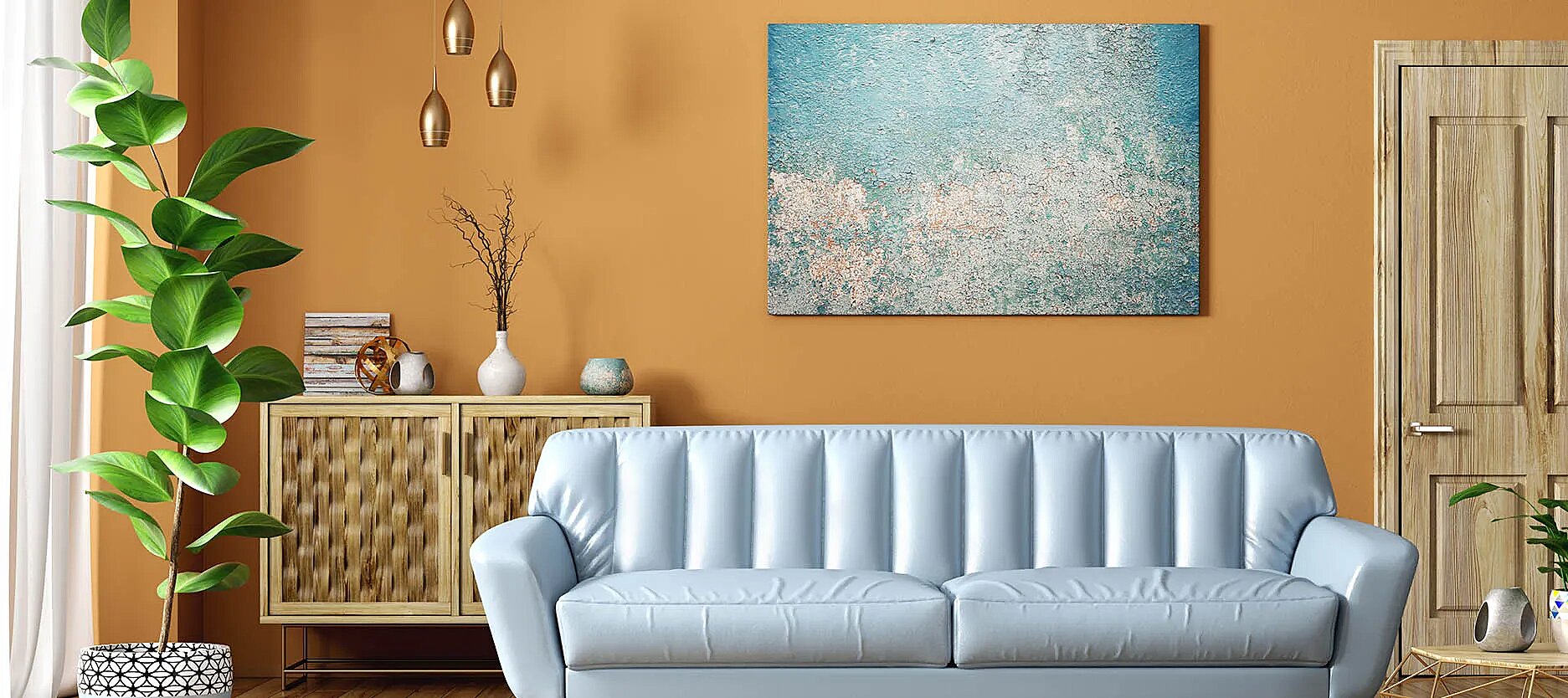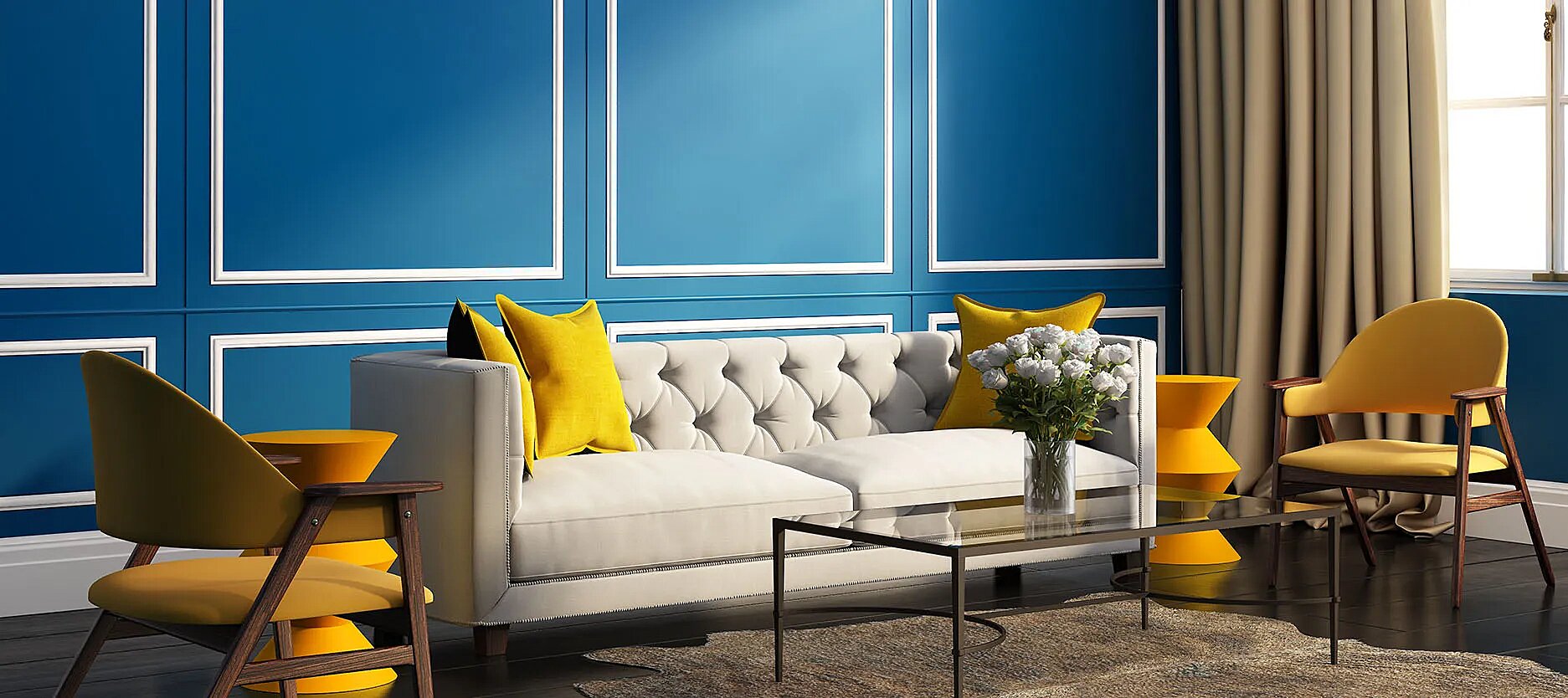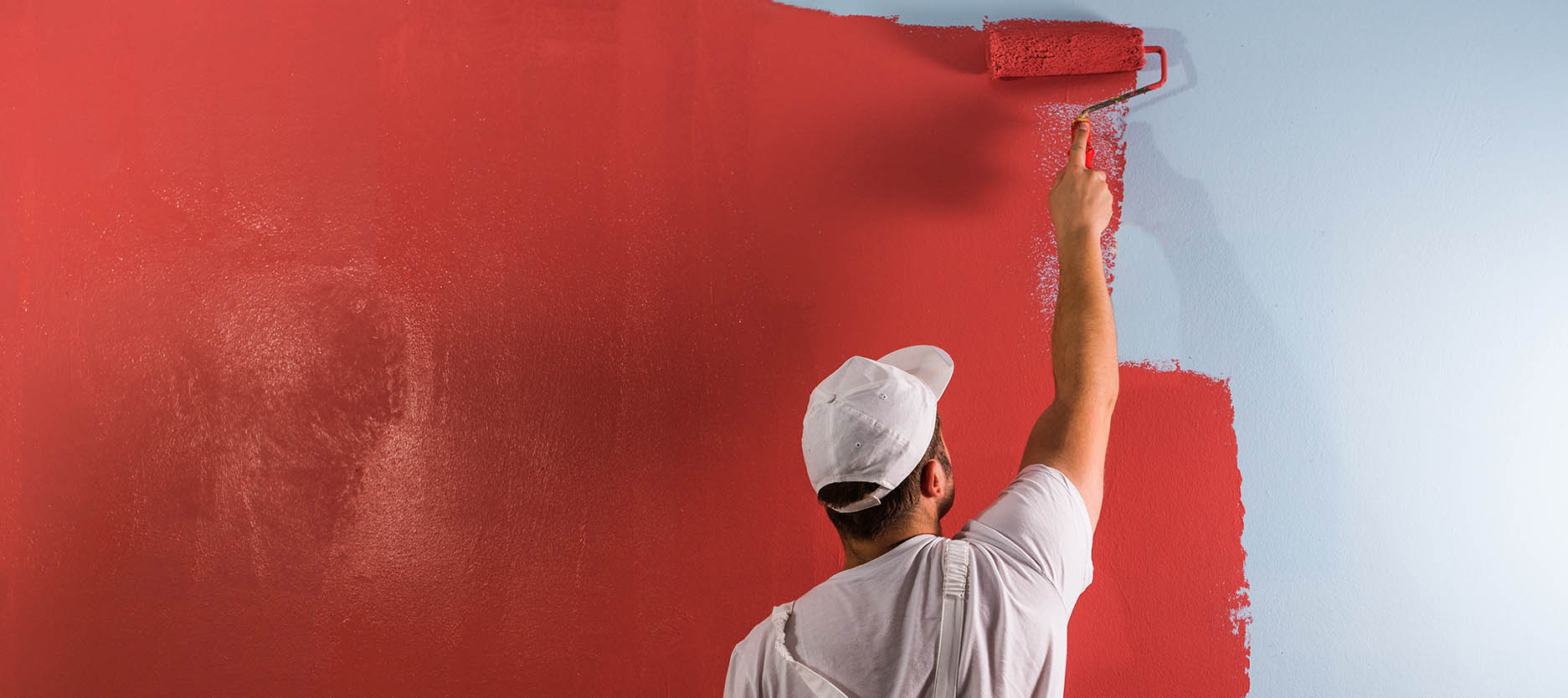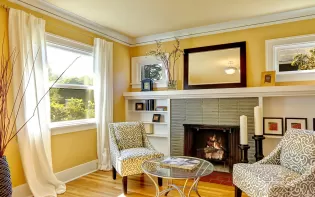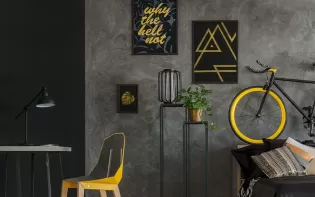Monsoon, summer heat, and dust don’t go easy on Indian roofs. This guide breaks down simple, practical ways to keep your roof dry, cool, and damage-free for years, without confusing jargon.
Why Roof Waterproofing is Essential for Every Home?
Below are some of the points that will help you to understand why roof waterproofing is very crucial for homes:
How Does Waterproofing for Roof Prevent Leaks and Moisture Damage?
Water finds the smallest gap. Once it seeps in, you’ll notice damp patches on ceilings, flaky paint, and a musty smell. Timely waterproofing for roof seals micro-cracks, creates a continuous barrier, and stops moisture before it spreads into concrete or brickwork. This extends the life of your roof slab and keeps your interiors healthy.
Can Weatherproof Roofing Protect Against Harsh Sun and Heavy Rain?
Yes, weatherproof roofing systems use flexible, UV-resistant coatings that can handle heat expansion in May and pounding rain in August. Modern exterior systems such as Excel Top Guard are designed for crack-bridging and heavy rain protection, which helps in coastal and high-rainfall zones.
What Are the Benefits of Using Roof Waterproofing Paint and Coatings?
- Builds a seamless membrane over the roof
- Bridges hairline cracks and resists algae growth
- Reduces maintenance cost versus frequent patch repairs
- For select products, adds heat-reflective comfort in peak summer (use with cooling technology)
Best 10+ Roof Waterproofing Solutions and Ideas
Tip: Start with cleaning, crack filling, and a basic slope check to push water towards drains. Good prep saves you money.
1. Waterproof Roof Coating for Strong Leak Protection
A liquid-applied coating forms a continuous shield on concrete roofs and terraces. Choose elastomeric systems that stretch with temperature changes. Nerolac Perma NoDamp+ is a PU-hybrid, fibre-reinforced coating designed for exterior roofs and terraces, with damp control and algae resistance.
Suggested use: Homes with seasonal leaks or visible hairline cracks.
2. Roof Cooling Paint: Lower Heat and Save Energy
In hot cities, heat-reflective roof cooling paint pushes away a chunk of solar radiation. The right coating helps keep the indoor temperature more comfortable and eases the load on fans and AC.
Suggested use: Top-floor flats and independent homes facing harsh afternoon sun.
Paint for Waterproofing Roof: Affordable and Easy-to-Apply Choice
When budgets are tight, paint for waterproofing roof gives dependable protection with simple application. Pick flexible, self-priming options with good elongation so they move with the roof.
Suggested use: Quick upgrades before monsoon or rentals where fast turnaround is key.
4. Roof Seal and Roof Guard Paint for Extra Durability
For areas with recurring dampness, combine a crack sealer/repair polymer under a robust exterior system; often called roof seal plus roof guard paint. Nerolac’s repair polymer bonds well with concrete and helps prevent future cracking; pair it with a heavy-duty exterior system like Excel Top Guard for all-round weather defence.
Suggested use: Old roofs with past patchwork and minor structural wear.
5. Waterproof Sheet for Roof: Reliable Weatherproofing Layer
Sheets or membranes (often torch-applied or self-adhesive) create a physical barrier. They are effective on large roofs or where the surface is uneven. Learn more about sheet systems in Nerolac’s overview of roof waterproofing solutions.
Suggested use: Industrial sheds, very old terraces, or surfaces with frequent standing water.
6. Cool Sheet for Roof: Dual Benefits of Waterproofing and Cooling
Some sheets offer reflective top layers that lower heat gain. Use them where you want both waterproofing and thermal comfort. For maximum effect, combine with a reflective roof coating paint on top.
7. Roof Coating Paint: Long-Lasting Defence Against Water Damage
A premium roof coating paint made for tiles or bricks protects sloping tiled roofs from rain and early weathering. Excel Tile Guard is a 100% acrylic water-based high-performance emulsion for roof tiles and bricks.
Suggested use: Bungalows with Mangalore tiles or decorative roof tiles.
8. Liquid Rubber Waterproofing: Flexible and Modern Roof Care
Liquid rubber membranes build a tough, seamless film that tolerates movement, resists UV, and keeps water out. They are a strong choice for complex roof shapes and junctions. See Nerolac’s explainer on liquid rubber waterproofing benefits.
Suggested use: Roofs with many pipe entries, solar mounts, and parapet joints.
9. Weatherproof Roofing Systems for Extreme Climates
High-performance exterior systems like Excel Top Guard are built for heavy rain, crack-bridging, and variable weather, offering enhanced barrier properties and long-term protection when applied as per system guidelines.
Suggested use: Coastal towns, high-rainfall belts, or temperature-swing regions.
10. Combination of Roof Waterproofing Paint and Roof Seal for Maximum Protection
On many Indian roofs, the best results come from layering: repair cracks, prime, apply an elastomeric roof waterproofing paint, then add a reflective topcoat in hot climates. This stack gives both leak resistance and cooler surfaces.
Recommended Nerolac Products
- Nerolac Perma NoDamp+ (PU-hybrid) – Fibre-reinforced, elastomeric coating engineered for roofs/terraces; helps control damp and algae, and provides flexible protection. Good for concrete slabs.
- Excel Top Guard System – Exterior system with crack-bridging and strong rain protection; useful in high-rainfall states and coastal zones.
- Excel Tile Guard – Purpose-built for tiled roofs and bricks; ideal for sloped, tiled bungalows and heritage roofs.
How to Choose the Right Roof Waterproofing Solution for Your Space
Every roof is different. The right waterproofing method depends on the roof material, the local climate, and your budget. Picking wisely saves you from spending again after just one or two seasons.
Which Waterproofing for Roof Works Best for Concrete, Tile, and Metal Roofs?
- Concrete slabs: Elastomeric coatings like NoDamp+ or a liquid rubber membrane work well because they bridge micro-cracks and bond with cementitious surfaces. For frequent heat, add a reflective topcoat.
- Tiled roofs: Use a dedicated tile roof coating such as Excel Tile Guard that grips tiles and resists water penetration.
- Metal sheets: Go for flexible membranes and primers that adhere to metal and handle expansion. Select systems with anti-corrosive properties and UV resistance (refer to Nerolac’s method overviews).
How do Climate and Location Affect Roof Waterproofing Choices?
- High rainfall (Konkan, NE states): Prioritise crack-bridging, ponding resistance, and tough exterior systems like Top Guard.
- Extreme heat (Vidarbha, Rajasthan): Add roof cooling paint or coatings with heat-reflective technology for comfort and energy savings.
- Coastal areas: Look for anti-algae properties and weather-resistant systems; regular washdowns help in salt-air environments.
Key Factors: Budget, Maintenance, and Long-Term Roof Protection
- Budget: An elastomeric roof waterproofing paint gives strong value.
- Maintenance: Plan quick inspections before the monsoon, and light cleaning after it.
- Long term: System applications (repair polymer + exterior system) extend intervals between major repairs.
How to Apply Roof Waterproofing Paint and Coatings Effectively
Here are the steps to appy roof waterproofing paint as well as coating with perfection:
- Clean thoroughly – Remove dust, algae, and loose particles. Pressure wash if possible.
- Fix slope and drainage – Water should run to the outlets. Clear all spouts.
- Repair cracks and joints – Use a polymer or crack-filling compound; treat parapet joints and pipe entries with extra care.
- Prime if required – Follow the product datasheet; some roof paints are self-priming.
- Apply the coating – Use the specified number of coats and drying time. Maintain the recommended film thickness for durability.
- Detailing – Reinforce over expansion joints and around drains.
- Cure and protect – Keep the surface dust-free during curing; avoid heavy movement until it sets.
How to Maintain a Waterproof Roof for Years of Protection
- Quarterly check: Clear leaves, dust, and bird droppings.
- After every storm: Inspect near parapets, solar mounts, and water tank bases.
- Annual wash: Gentle cleaning prevents algae build-up and keeps reflective coats efficient.
- Touch-ups: Seal new hairline cracks right away to stop them from spreading.
- Record keeping: Note product used, number of coats, and date—helps plan re-coats on time.
When to Replace Waterproof Sheets or Reapply Liquid Rubber Coating
- Sheets/membranes: Replace if you see blisters, torn overlaps, or regular ponding along seams.
- Liquid rubber / elastomeric coats: Recoat when the surface turns chalky, loses sheen, or thins at high-traffic patches. Follow the system’s recommended life and re-coat interval.
Conclusion: Protect Your Home with Reliable Nerolac Roof Waterproofing Solutions
Your roof takes the first hit from the season; scorching sun, sudden showers, and swirling dust. With the right prep and a proven system, you can stop seepage, reduce heat, and avoid costly repairs. Explore Nerolac roof waterproofing solutions, pick a product that fits your climate and roof type, and enjoy a safer, cooler home year after year. If you’re unsure, book a site evaluation and get a tailored plan for your terrace.


